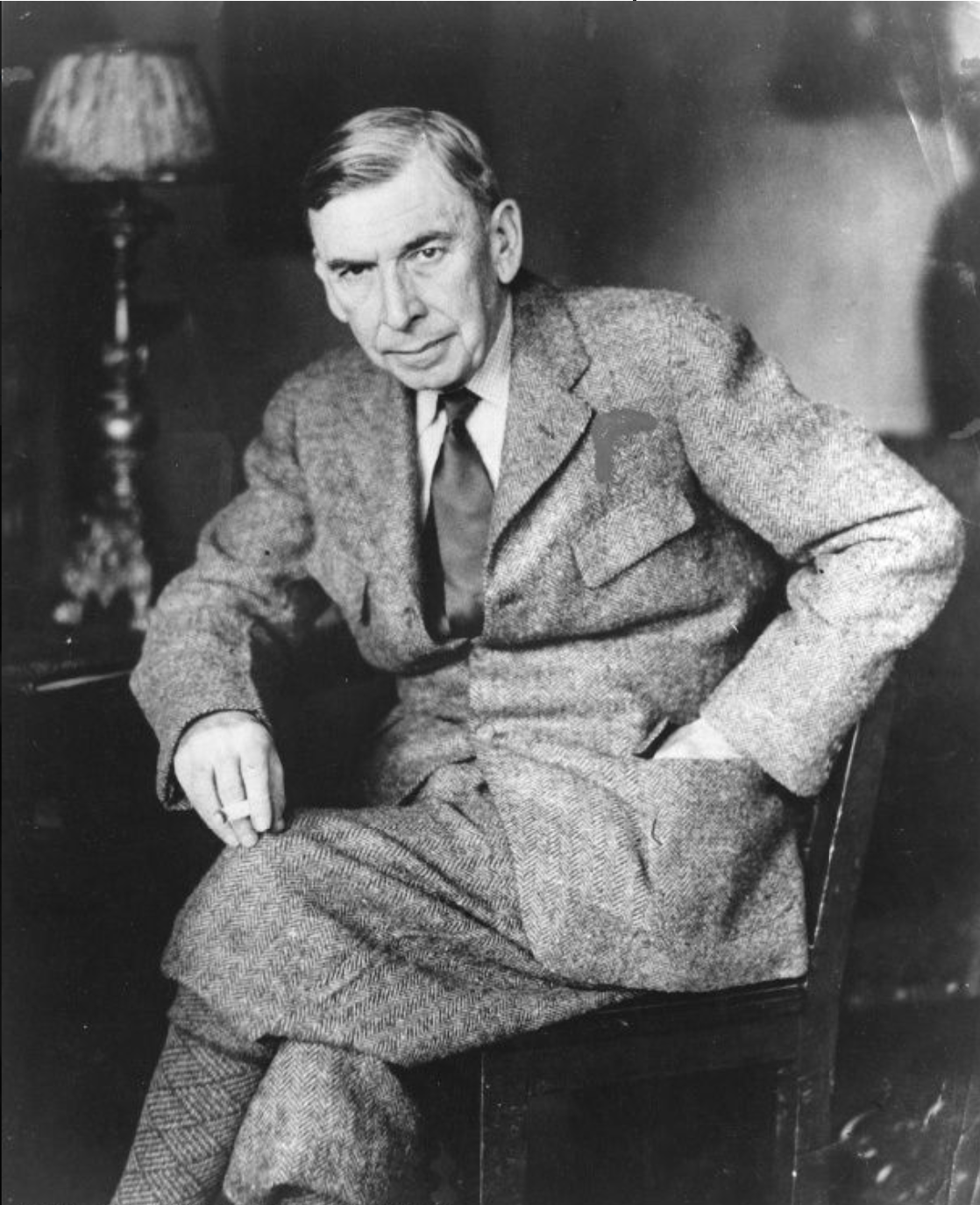was the second work in Indianapolis author , a trilogy of novels that also included (1914) and (1924). The three novels address the dark side of economic growth—the dangers of unchecked industrialism and the blind pursuit of progress.

In , Tarkington faithfully records the decline of an old, aristocratic family as industrialization changes the social and economic character of a small midwestern town.
Old Major Amberson makes a fortune in land speculation after the Civil War and settles back to enjoy his position as the arbiter of style and the chief wielder of political power in his small community. Of his three children, only his daughter, Isabel, produces an heir, George. The young man is arrogant and overbearing, a product of his mother’s overindulgence and his family’s social prominence.
George’s one redeeming quality is his love for Lucy Morgan, but his contempt for Lucy’s widowed father, Eugene, an increasingly successful automobile manufacturer, complicates their attraction. A self-made man, Eugene represents changes in the social order that George cannot accept. After his father’s death, his mother’s interest in Eugene so compromises George’s sense of position and privilege that he deliberately destroys their relationship and, in the process, his own with Lucy.
George and a grief-stricken Isabel take an extended trip abroad, returning only when she is seriously ill, whereupon they discover their beloved community to be irreparably changed. The quiet town is now a sooty, sprawling city whose industrial section has encroached upon the once-exclusive neighborhoods.
The Amberson fortune has evaporated, while Eugene Morgan has risen to a position of wealth and prominence. After Isabel’s death, George is bereft of both money and position, the old Major’s legacy having been eroded by the idle disregard of two generations and the emergence of a new work ethic. The Ambersons’ “magnificence” has become obsolete. At the end of the novel, George is redeemed only by the necessity of taking up “honest work,” by which means he is reconciled with Lucy and her father. In this way, the marriage of the old and new social orders is finally achieved.
Like his central character, Tarkington had returned from a lengthy sojourn in Europe to find his hometown ravaged by the effects of industrialization. While the community depicted in could pass for any sizable midwestern town of the period, the author patterned it after his own beloved Indianapolis.
When first published, residents enjoyed matching the book’s fictional settings with actual city landmarks. Amberson Addition, for example, the Ambersons’ gracious and exclusive neighborhood, was generally regarded as a thinly disguised . The mansion itself was reputed to be modeled after a house that still stands as the Knights of Columbus headquarters at 13th and Delaware Streets. The novel is rich in historical detail, a vivid record of midwestern landscape and architecture, styles of dress and home decor, mores, and manners.
Published in 1918, was an immediate popular and critical success. It won the Pulitzer Prize for Literature, the first of two for its author. Though the novels represent a shift for Tarkington from romance to a measure of realism and social commentary, is most significant as a portrait of a community in transition, recorded with honesty, optimism, and gentle humor typical of Tarkington.
A popular film version, produced and directed by Orson Welles, earned several Academy Award nominations in 1942, including that for best picture. In 2002, A&E network produced a version of the story based on Welles’ screenplay adaptation.

Help improve this entry
Contribute information, offer corrections, suggest images.
You can also recommend new entries related to this topic.
